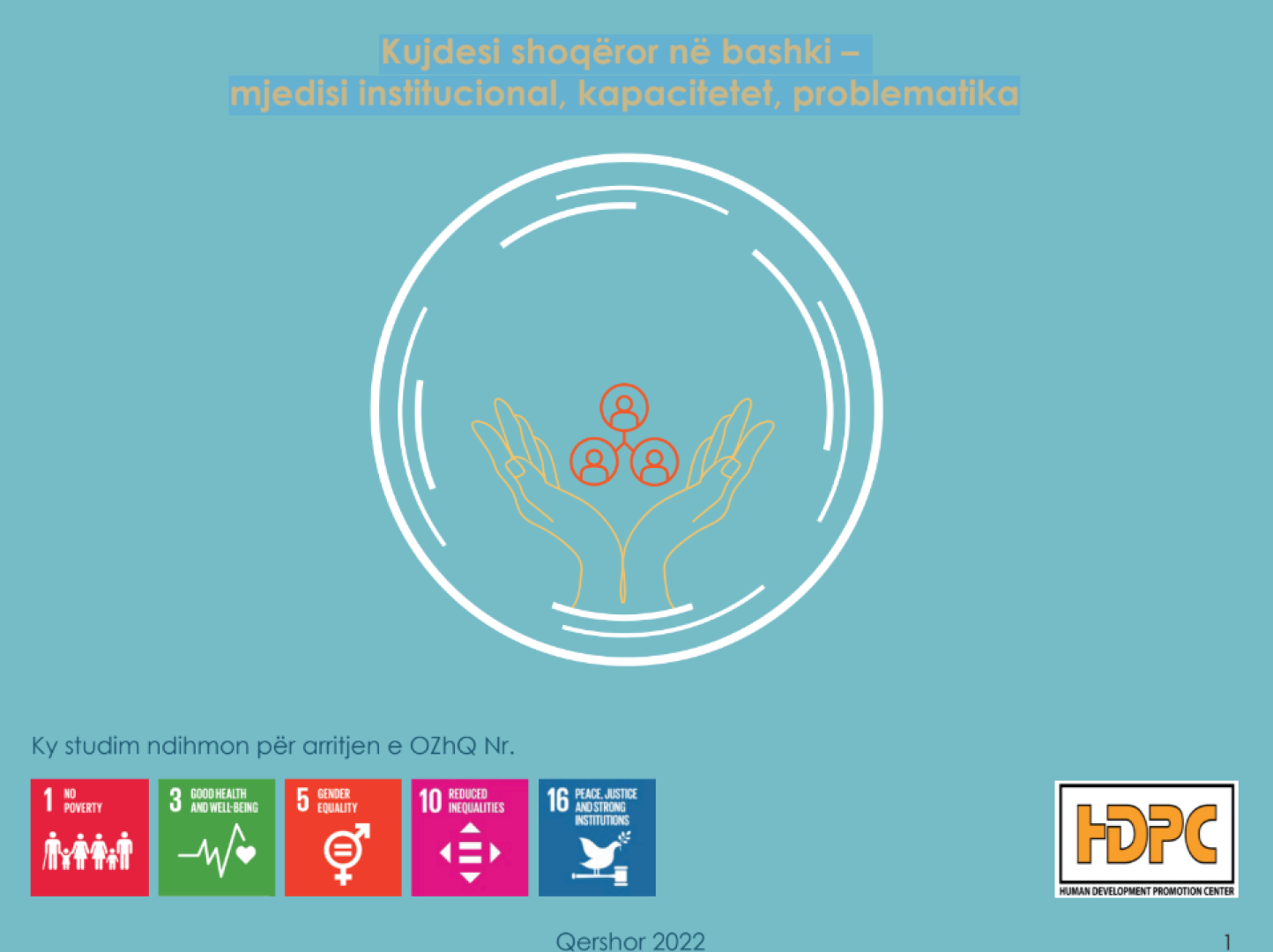Education Budget Brief

Spending per child in education is increasing, partly supported by demographic changes in the population structure. In 2020, approximately 900 USD were spent per child, compared to around 750 USD in 2018, a figure still substantially lower than the average 9,400 USD (2019) of the OECD countries.
Public expenditure in the education system rose from 3.2 percent of the GDP in 2018 to more than 3.6 percent of the GDP in 2020. However, the education expenditure as a share of GDP in Albania is still under the threshold in 26 member countries of the European Union, where the average stands at 4.6 percent of the EU-27 GDP (2018).
Despite rapid decline in children population in Albania, the positive trend of increasing public expenditure in education is expected to continue in 2021, aiming to reach 4.5 percent of the GDP, boosted by more spending in all education programs and particularly, the reconstruction of schools damaged from the 2019 earthquake.
Public expenditure in the education system is channeled through three main programs financing every school education level. During 2020, the primary education (including pre-school) accounted for 55.4 percent of the education expenditure, the high education accounted for 16.9 percent and the higher education for 24.1 percent of the total expenditure in education.
For the last three years expenditure for the education programs has increased in nominal terms, except for the expenditure in high education during 2020. Wages for the teachers accounted for 82 percent of education expenditure in 2018, down to 65 percent of the education budget in 2020. The expenditure increasing trend has been uneven across the education programs. The financing in higher education accounted for 24.1 percent of total education spending in 2020, up from 19.2 percent in 2018. For the same period, the share of primary education in total education expenditure declined from 58.2 percent to 55.4 percent, demonstrating raised attention by the government to the university level education, relative to other education levels.
Public expenditure in education system is complemented by the activity of the private sector operators in the liberalized, but regulated market in all levels of education. The pre-school education service has been transferred to the local government units and is financed by their own funds as well as by the conditional transfers from the central government.
Vulnerable children categories benefit from free textbooks, scholarships, transport, dedicated teacher and other measures which accounted for 7.1 percent of this program’s budget in 2019, which is on an increasing trend over the recent and the next years.










